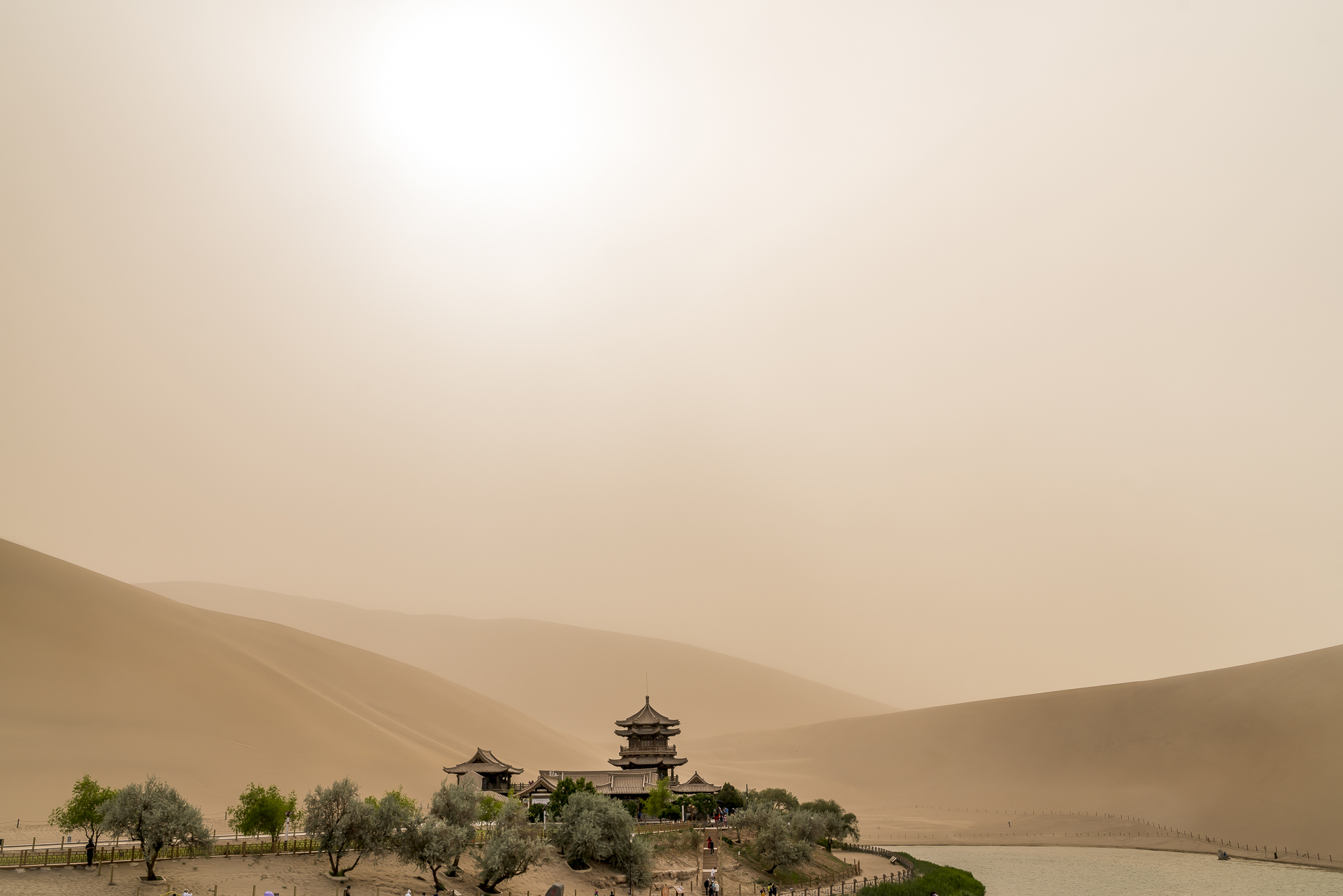
From Xi’an to Kashgar: by train along China’s Silk Road
3,000 kilometres as the crow flies across Tibetan highlands and hostile desert landscapes separate us from our destination Kashgar at Xi’an train station. While camel caravans used to cover almost 30 kilometers per day, we travel this section of the Silk Road in just 14 days; a fraction of the time and actually much too short to process all the impressions.
In recent years, China has activated the ancient Silk Road with an ambitious development program. Moving away from the romance of caravans towards an efficient transport corridor between East and West – who benefits from this? First and foremost, China’s export industry. In this context, in 2009/2010, China began construction of the high-speed rail line along the historic course of the Silk Road between Xi’an and Urumqi. After commissioning at the end of 2014, the express train will take just 13 hours of pure travel time for the more than 2,000 kilometres of track. Only Kashgar is still waiting to be connected to the high-speed network. China’s “Wild West” is left behind by the rest and yet thoroughly controlled by Beijing. But more about that later – first of all, I’ll try to give you my impressions in this post. Considering the concentrated load of impressions, it’s pretty tricky. And yes, this is definitely a long read. If you are not interested in the sometimes extravagant prose, but in the hard facts about the journey along the Silk Road, you will find them at the end of the article.
Our journey along China’s Silk Road took us through three different provinces: Gansu, Qinghai and Xinjiang. We visited Tibetan monasteries, cave temples and mosques, explored bizarre landscapes and sunken oasis cities, and found ourselves in the middle of an ongoing conflict between Chinese imperialism and nomadic ethnic groups. My feelings fluctuated between astonishment, enthusiasm, perplexity and sheer incredulity. And even now – as I write these lines – I try to understand the experience in all its complexity.
By train along the Chinese Silk Road – this is what awaits you in this report
In this post, I’ll take you on our train journey along the Chinese Silk Road. We have left the organization of this stage of the journey to the professionals of Globotrain. We used the travel suggestion “along the new Silk Road through China” as a basis, which we adapted according to our ideas. The 14-day trip took us from Xi’an to the Tibetan highlands of Gansu province, from there we continued through the Hexi corridor from Xining to the oasis city of Dunhuang. Dunhuang was followed by the drive through the Xinjiang Uyghur Autonomous Region with stops in Turpan, Urumqi and Kashgar.
The train tickets and hotel accommodation were organized on site by Globotrain’s partner travel agency. At each stage stop, a driver and an English-speaking guide were waiting for us. For this accompaniment, we had to dig a little deeper into our wallets than if we had made the trip on our own, but we received exciting background information at all the sights we visited and did not have to worry about finding the right means of transport to the respective spots. With no knowledge of Chinese, this can be quite a challenging task.
A night train ride with pitfalls
Even though there is a continuous high-speed network from Xi’an to Ürümqi, we save a total of three hotel nights with night train rides. The first night on the train from Beijing to Xi’an went smoothly. Accordingly, I looked forward to the second night train ride from Xi’an to Lanzhou. The ticket for the 5-hour journey in a 4-person soft compartment costs 251 yuan (around 38 CHF). An okay price for a comfortable lounger in a gently jerky train. Provided the lounger is free… After we have fought our way through the narrow side corridor with bag and baggage, we look into a pitch-dark compartment. There’s someone lying in “my” bed! An irritated look at the ticket with the seat number, an irritated look at the person lying there who doesn’t budge and the realization that we can hardly get anywhere here without Chinese.
Fortunately, there are still two free beds in the compartment on which we settle in. But wait? Where are the pillows and sheets? They “annexed” the second sleeping person in the compartment. It probably sleeps better with two pillows. Pretty stupid. Shortly after departure, the ticket will be checked. The two sleeping gentlemen are rudely woken up in our compartment and lo and behold – the person on “my” bed is a stowaway and is chased out of the compartment amid loud nagging by the train crew. And I’m now torn between “I don’t want to lie down on the bed stained with leftover food” and “Will someone else get on at a stop who has a reservation for the bed I made alternatively?”. The best conditions for staring sleeplessly at holes in the ceiling for five hours.
Xiahe – Tibetan feeling in the highlands of Gansu
We reach the capital of the province of Gansu – Lanzhou – in the early morning and are secretly looking forward to our hotel bed. Tour guide and driver are ready and take us directly to a small restaurant (Laosanjia Restaurant). Lanzhou is known for its Beef Noodle Soup, we are told. Before we know what’s happening to us, we have two big, steaming bowls of noodle soup in front of us. Our guide wasn’t exaggerating – the Lanzhou Beef Noodle Soup is one of the best dishes we’ve tasted along the way. Lanzhou is located on the Yellow River and has been an important transport hub since ancient times, because the river was crossed here.
We leave Lanzhou behind us and head southwest into the foothills of the Tibetan Plateau. On the way to Xiahe, we stop in Linxia, which is part of the Hui Autonomous Administrative Region (the Hui are one of over 50 nationalities of China that are recognized as separate peoples – Hui Chinese are Muslims). We take a look at the beautiful, Chinese-style Yu Baba Gongbei Mosque and then walk through a newly reconstructed “Old Town Alley”. In many Chinese cities, old structures were mercilessly razed to the ground on flimsy grounds such as earthquake safety and development deficits and then rebuilt in the style of an “old town” but with much wider streets (better visibility for the surveillance cameras). As a result, Chinese cities are interchangeable. Or rather – especially Chinese cities in the provinces with many “minorities” (I have never heard the word “minorities” as often as in these 14 days in China). To get a complete picture, I would have to visit those provinces where the Han Chinese do not feel compelled to make their presence felt by turning entire cities upside down.
Back in the car, the journey continues towards Xiahe. Striking – in this valley there is a relatively new, magnificent mosque in every village. “Financed by the Turks,” explains our guide. I am astonished and ask myself: Why does China allow this? This question remains unanswered and suddenly the mosques are replaced by Buddhist prayer flags. Now we are in Xiahe, which is located in the Gannan Autonomous Prefecture of the Tibetans. And if you’re a bit confused, then you feel the same way as I do. Xiahe is different from everything we will visit and see in the following days along the Chinese Silk Road. By Chinese standards, Xiahe is almost a tranquil village. Visually not a beauty, but with a very special flair. The day is already advanced, but there is still enough time for a detour to the Sangke grasslands. Tibetans graze yaks and sheep on this vast plateau, and during the Chinese holiday season in July and August, it is teeming with Han Chinese enjoying themselves in kitschy yurt camps. During our visit in mid-May, the grass is still deep and no other tourist can be seen far and wide. Back in Xiahe, we taste the barley biscuits typical of Tibetan cuisine in a Tibetan restaurant, sip tea with yak milk and then fall dog-tired into our hotel bed. “Sleep at last!”
We spend two nights in Xiahe and thus have a full day to dedicate ourselves to the main attraction: the Labrang Monastery. The monastery is one of the six major monasteries of the Tibetan Gelug school and is home to over 2,000 monks. We follow the pilgrim’s path and watch as pilgrims and monks start the prayer wheels. The path stretches over a length of 3.5 kilometres around the monastery complex. We don’t have time for the whole circumnavigation, a monk is waiting for us. What follows now is one of my highlights of this trip. The monk (whose name I unfortunately did not write down) not only explains the individual temple halls to us (of which there are 48 in total), but also challenges us with philosophical questions along the way. “What is the ‘I‘?” he wants to know from us. The friend, our guide and a gentleman from Singapore, who is also on this tour, are adamantly silent. I get involved in the discussion and make him laugh with the counter-question “which came first, the chicken or the egg?”. On this day, however, I also realize how unknown Buddhism is to me, and I intend to deal with it more deeply when the opportunity arises.
After the tour through the extensive monastery complex, we want to take a look at the whole thing from above. On the ascent to the viewpoint opposite the monastery complex, I get to feel the height. At over 2,800 m above sea level, I quickly start panting. But the short, steep ascent is always worth it; up here, the postcard view over the monastery grounds awaits us.
Xining – the gateway to Tibet
The next day we continue over the extensive highlands to the capital of Qinghai Province – Xining. The endless expanse of grasslands as well as the flocks of sheep and yaks on the roadside do not fit the typical image of China at all; nor are the scattered yurts. Xining, on the other hand, I couldn’t quickly distinguish from Lanzhou.
In Xining, a visit to the Kumbum Champa Ling Monastery is on the program, which, like the Labrang Monastery, is one of the six major monasteries of the Gelug school. While a guided tour of the Labrang Monastery is only possible together with a monk, the Kumbum Champa Ling is much busier, although photography in the temple halls is unfortunately also prohibited here. The atmosphere in the temple halls is something special, which I would have liked to capture as a souvenir with a photo. After the tour of the Kumbum Champa Ling Monastery, our heads are spinning. In contrast to the extremely stimulating tour from the day before, our guide texted us rather uninspiring with years and Buddha facts.
Back in the city center, we walk from our hotel to the centrally located Muslim quarter with the imposing Dongguan Mosque. It is exciting that the mosque was built at the time of the Ming Dynasty (12th – 15th century) and is firmly anchored in the region as a religious institution.
Zhangye – bizarre Regenbogenberge
“Do you have a knife with you?” our guide asks on the way to Xining station. “Sure, a Swiss Army knife,” I answer and immediately add, “but it’s well stowed away in my bag, which is secured with a lock.” This is of no use, says our travel guide and adds that Xining train station is particularly rigidly controlled due to its location as a starting point for trips to Tibet. The fears expressed do not come true. We get through the security check without any problems and then sit down on a bench in the huge station hall and wait until the barriers to our platform open. Today we take a high-speed train for the first time. The ticket for the Xining – Zhangye route costs 91.5 yuan (about 14.70 CHF) and the train takes just under 1.5 hours to cover the 400 kilometers.
Immediately after arriving in Zhangye, we drive together with our driver (the only woman on the tour) and our guide (also a woman) to the Zhangye Danxia Geopark about an hour outside of Zhangye. Tour guide and driver changed at every location, but since our guides always introduced themselves with their English names (including Roger, Daisy and Diana) and I always asked for the Chinese one out of curiosity, but didn’t write it down right away, I can unfortunately no longer assign the individual names correctly.
The Zhangye Danxia Geopark is located on the northern foothills of the Qilian Mountains and includes a bizarrely beautiful rocky landscape. As with many Chinese attractions, the tour of the Zhangye Danxia Geopark starts in an oversized reception building, in front of which buses are waiting to take us to the respective viewing platforms; Everything is well organized. At the individual viewing platforms, you fortunately still have the opportunity to explore the fascinating rocks on foot for a while, with the weather sparking us in. In one of the driest places in China, of all places, it rains in torrents from one minute to the next.
Jiayuguan – The End of the Civilized World
Actually, we are now experienced train riders, one would think. But on the train ride from Zhangye to Jiayuguan, 225 kilometers away, we make an embarrassing mistake. Although I could put the blame on the lady who sat in my window seat. Some high-speed trains have 2 / 3 seats and we theoretically had the seat reservation for the window and middle seat. However, since a lady was already sitting on the window seat, we pragmatically made do with the middle and aisle seats. A good ten minutes before our arrival time in Jiayuguan, the lady rises and triggers a spirit of optimism in us. “Are we there yet?” The English fade-in of the destination is too short for me to read everything. “Yes, but we’re here,” the friend confirms. We pack up our things and get out. I’m still unsure – but I don’t see a place sign far and wide. Only when we reach the end of the train do I read “Jiuquan” on the opposite platform. My heart is sinking – wrong station – and the train is now gone! Nevertheless, we make our way to the exit and are immediately addressed as “Taxi?”. But before we take care of the onward journey, we have to inform our travel agency about the blunder. After all, we are expected in Jiayuguan. In order not to lose too much time, we then take a taxi to Jiayuguan, 20 kilometers away.
Our guide grins when we tell him about this blunder and says that we are not the first. Jiayuguan is located at the narrowest point of the Hexi Corridor and is surrounded by the Gilian Mountains, the Mazong Mountains and the Gobi Desert. Together with the Great Wall, which ends here, this used to be the end of the “civilized world”. Those who passed through the gate of the fort to the west left China. Today, Jiayuguan is a booming industrial city with imposing (and not at all pretty) industrial buildings and, together with the old buildings, gives a surreal picture. In addition to visiting the fortress of Jiayuguan, the short hike over the western end of the Great Wall of China is worthwhile.
Dunhuang – mystical oasis city
The next morning, our guide accompanies us to the train station. While we arrived by high-speed train at the state-of-the-art station in the southwest of the city, today we take the “normal” train, which stops at the older main station. Although most of the new high-speed stations have been built in the last decade, lifts or escalators are completely absent. At some point, you get used to dragging your suitcases and bags up a lot of stairs. In the old stations, accessibility is not as strict as in the high-speed stations and so our tour guide comes through the security into the waiting hall (he probably fears that we will catch the wrong train). As soon as my bag is through the scanner, our guide is taken aside by the security staff, has to show the ID and sign something. “What’s going on?” I want to know. “You have a knife in your pocket,” our guide replies. Until that moment, I assumed they missed my little pocket knife in the middle of the stuffed bag. Not at all. So far, no one has reacted because the security staff doesn’t speak English and we don’t speak Chinese. For the time being, however, I am allowed to keep my knife.
Dunhuang is not on the high-speed network and so we board a night train coming from Beijing. Again, we have reserved seats in a 4-seater soft compartment. The train is half empty and we only share the compartment with a Chinese lady who is visiting Dunhuang home. The four-hour journey from Jiayuguan to Dunhuang goes by in no time at all, as I talk to our Chinese train acquaintance via a translation app. This works surprisingly well.
The oasis city of Dunhuang was an important hub during the heyday of the Silk Road. This is where the Silk Road splits into the southern and northern routes to bypass the Taklamakan Desert. At the western end of the Taklamakan Desert, in Kashgar, the two routes meet again. Dunhuang is a mystical place, our train acquaintance told us and we get a touch of this mysticism when visiting the crescent moon lake on the outskirts of the city. From one moment to the next, a yellow cloud front darkens the sky. A sandstorm! All the more dramatic is the transition between lush green irrigated meadows and fields to the huge sand dunes. A surreal scene!
The next day we visit the tourist highlight of Dunhuang, the Mogao Grottoes. Here, too, the visit starts in a huge reception building, where we are shown two well-prepared films about the history of the caves. Afterwards, you will take the bus to the cliffs, where the more than 800 rooms carved into the rock are located. 492 of these rooms are accessible to tourists on guided tours – each tour group is shown eight rooms on the tour. While the Chinese groups consist of 30 people each and definitely have the upper hand here from a tourist point of view, there are only eight people in our English-speaking group. As in the Buddhist temple complexes, photography inside the grottoes is forbidden. Since 1987, the Mogao Caves have been a UNESCO World Heritage Site. What the Buddhist monks created here between the 4th and 12th centuries is an impressive treasure trove of countless giant Buddha statues and filigree murals that tell stories from the sutra.
Turpan – Ancient Sites and Traditions
Dunhuang is a traffic dead end, as the oasis city is not connected to the high-speed network and is located on the edge of the infamous Taklamakan Desert. To help us move faster, our driver will chauffeur us to Liuyuannan Station, halfway between Jiayuguan and Turpan.
Although the station is located in the middle of nowhere – surrounded by barren stone deserts – the high-speed train to Urumqi stops here. In contrast to the section between Xining and Jiayuguan, where the train was always filled to capacity, here it is practically empty. But the calm is short-lived. Passport control! After a few minutes, the one policeman who wants to see our passports is followed by three other policemen, whose jackets are labeled S.W.A.T. in large letters. They ask for our passports again, sit down in the compartment next door and write something down on a piece of paper. After flipping through one of my passports backwards and forwards, he comes over to me with the piece of paper and the passport. “Your Phone Number?” he asks, showing me his notepad, on which he has written down my first name in the meantime. After several attempts, this is also recorded for the regime, although I suspect that he did not understand all the figures correctly. “Students?” he asks, and I’m flattered that this isn’t the first time we’ve been mistaken for younger than we are in China. Afterwards, his colleague pulls out a smartphone and takes a photo of us. Logically, all in the service of safety. After this procedure, they say goodbye with “Welcome to China” and we just think “hallelujah, this can be fun”.
And it will. Immediately after our arrival at the Turpan train station, we will be taken to the police station for registration. Again, something is written down on some piece of paper and a photo is taken of us. And since all good things come in threes, the photo shoot is also part of the hotel check-in. We wonder what happens to all these pictures and are amused by the fact that not a single policeman can even come close to deciphering which country we are actually from. On the Chinese visa, the country is not listed at the place of issue, but only the city (in our case Bern). And obviously, they can’t assign the “Swiss Passport” on the front of the passport to any country.
Turpan is our first stop in the Xinjiang Uyghur Autonomous Region, and although China theoretically only has one time zone, the clocks tick differently here. At train stations and airports, “Beijing time” applies, but the everyday life of the local population lags behind “Beijing time” by two hours. On the way from the train station to the city center, in contrast to cities like Xining or Lanzhou, I soon discover architectural features such as the grape drying houses typical of the area.
Due to the tensions between the Uyghurs (originally in the majority) and the Han Chinese, who systematically oppress the local population (not only Uyghurs) with their rule, Xinjiang has long been considered a source of conflict. According to the government, all the people and security checks that we go through are for the purpose of combating terrorism. But between us, if I have to pass through a metal detector at every hotel, museum and restaurant, I don’t feel safer, I feel like a criminal. If you think that more police presence will lead to a stronger sense of security among the population, then spend a few days in Xinjiang… The vigilantes patrolling with baseball bats hadn’t had a positive effect, at least not on my sense of security. Nor is the conspicuous red armband with which vigilante group members signal their party loyalty.
Otherwise, Turpan is a wonderful city with fascinating sights all around. There are the Thousand Buddha Caves of Bäzäklik in the flaming mountains, the ruined cities of Jiaohe and Gaochang, vineyard and melon fields, which make the desert green thanks to the more than 2,700-year-old Karez irrigation system, and the striking Emin Minaret with its elaborate brick pattern. It’s worth spending two to three days in Turpan!
Two culinary worlds also collide in Xinjiang. “Do you want Chinese or do you want to try the local cuisine?” our guide asks on the first day and we don’t have to think for a second: “The local cuisine!” The Uyghur dishes are influenced by ancient nomadic cuisine as well as Indian and Chinese cuisine. My favorite is the Laghman noodles, but the lamb skewers as well as the Nan bread also taste very good. A special feature of the skewers are the pieces of fat from the rump of the fat-tailed sheep – a breed that can be found everywhere on the road. The first time we wondered about the conspicuously wobbly backside, until we learned that this is the most important kebab/shish kebab ingreb.
Ürümqi – Flying visit to the capital of Xinjiang
Our original itinerary was to spend three nights in Turpan and then drive to the capital of Xinjiang together with a driver and guide. However, since we are visiting Xinjiang during Ramadan and the Han government is carrying out particularly restrictive identity checks for the period of Ramadan, our guide suggests that we continue our journey to Urumqi by train one day earlier. If our driver – a Hui Chinese – had driven us to Urumqi, he would have had to obtain a permit from the police station in advance.
While my pocket knife has mastered every security check up to this point, I am taken to the side at Turpan station. The security guard discusses with our guide, who translates and explains that they want to see the sprays. I suspect that without a guide (on the previous train trips we were always unaccompanied) I would have mastered the control without any problems, because they can’t explain to us what they are looking for in our bags. But so I open my toiletry bag, in which there is a hairspray (in hand luggage size), a deodorant and a dry shampoo, all of which have the flame symbol on them. All three products are collected without comment – any discussion is pointless. No one is interested in the fact that there are two more sprays with a flame symbol in the friend’s pocket.
In Ürümqi, the Xinjiang Regional Museum is particularly worth a visit. Unfortunately, many of the older, Muslim parts of the city were not accessible during our visit, as they are “falling victim” to the construction of the metro. Overall, however, I found the security checks in Ürümqi to be less restrictive compared to Turpan.
Driving in China’s Wild West
I was particularly excited about this stage of my journey: 22 hours of train travel at a time. 1,500 kilometres at the foot of the Tian Shan Mountains through barren steppe landscapes from Urumqi to Kashgar. Since there is no dining car on the train, we bought provisions the day before. Of course, this also includes instant noodles. The noodle dishes cost around 5 yuan (about 75 centimes) in the supermarket and since there is always hot water on the trains, this is a very practical snack. In addition, we stocked up on different types of dried grapes in Turpan. But before we can make ourselves comfortable on the train for 22 hours, we have to pass another security check. And it was clear: This time they would go after my pocket knife. What annoys me in this context is the arbitrariness. I had to hand in sprays and knives (with a value of a good 50 CHF) and the friend didn’t have to open his bag once.
The subsequent train ride is very relaxed. We have a 4-person compartment to ourselves and the carriage is also half empty. We can by no means confirm horror stories of clogged, smelly toilets and overcrowded trains.
Kashgar – Is this still China?
In Kashgar, only the currency and a few Chinese characters remind us that we are still in China. Here in the ancient oasis city, the Uyghur minority still makes up the majority of the population. And yet the Chinese government has an unmistakable presence with military checkpoints and a police presence that is always visible (according to regulations, a police post must be stationed every 300 m in Kashgar). For a long time, the historic old town of Kashgar with its mud houses and winding alleys was considered one of the architectural gems of the Silk Road. After 2009, the government razed this old structure to the ground piece by piece with bulldozers and rebuilt it in a “modernized” form, similar to Linxia. It is not made “deserted” and the oriental flair is still noticeable. But knowing about the questionable process behind it, I don’t get any real enthusiasm.
When we want to take a look at the last remaining “real” old town quarter, we are stopped at a police station. “Not for tourists,” was the taciturn explanation given by an official. Apparently, the danger of the buildings collapsing is so great that no more tourists are allowed in. In search of an unsupervised entrance, we circle the entire area, but no chance – there is a checkpoint everywhere. Instead, we visit the magnificent Abakh Khoja tomb, look at the Id Kah Mosque (without a guide, because as a state employee he is not allowed to belong to any religion and therefore does not want to be seen in the mosque – so much for religious freedom), stroll through the large bazaar and watch the gentlemen eagerly haggling at the Sunday cattle market.
Tips and information for travelling along the Chinese Silk Road
Day after day, the train journey along the Chinese Silk Road held new surprises in store for us and in these 14 days I gained multifaceted insights into an area of which I had no real idea in advance. I definitely wouldn’t want to miss the experiences of these two weeks, even if the political situation in Xinjiang and the urban planning tabula rasa strategy of the Chinese will occupy me for a while.
How much does it cost to travel along China’s Silk Road?
- The train tickets from Xi’an to Kashgar cost a total of 200 CHF per person
- Overnight stays in 3- to 4-star hotels with a license for foreigners cost between 40 – 60 CHF per night
- We expected around 100 yuan (about 15 CHF) for 2 people per meal
- Admission to state museums is usually free
- Entrance fees to attractions vary from 50 to 100 yuan
How much time do I have to allow for the drive from Xi’an to Kashgar?
We did the route in 14 days, which is possible if you book an organized tour with a driver (and possibly guide). If you want to travel the entire route on your own, I recommend planning at least three weeks.
When is the best time to travel along the Silk Road?
A pronounced continental climate prevails. Therefore, the more temperate spring and autumn months are ideal, keeping in mind that the route passes through different altitudes. In summer (July/August) the Chinese have holidays, which leads to a large rush of visitors. Most of the tourists along China’s Silk Road are domestic tourists.
Good to know:
- In China, there are a lot of security checks (metal detectors) and train stations are usually only allowed to be entered with a valid ticket (the points of sale are located outside).
- If you travel to Tibet or Xinjiang, you should leave pocket knives and flammable sprays at home. Unfortunately, there are no clear (comprehensible) rules about what is permissible and what is not.
- Military installations as well as police and security officers should not be photographed. I was also very reserved at the train stations, because there was usually a policeman or the military standing around somewhere in the picture.
- In the areas along the Silk Road that we have visited, the local population speaks and understands English only in exceptional cases. It’s worth downloading a translation app (e.g. Google Translate).
- You should always carry the passport with you. In some cases, we also had to identify ourselves with a passport when visiting sights. I also recommend that you take at least one copy of the passport page with the China visa in printed form.
Links to background information:
- Debt trap New Silk Road – exciting information about the gigantic infrastructure project
- Xinjiang’s Misunderstood Conflict – Description of Everyday Conditions in Xinjiang
- Internal conflicts in Xinjiang – Explanations of the current situation
- The situation of the Uyghurs – an analysis by the Swiss Refugee Council
Our itinerary along China’s Silk Road at a glance
Note: This leg of the journey was supported by Globotrain. All opinions and impressions are, as always, ours.


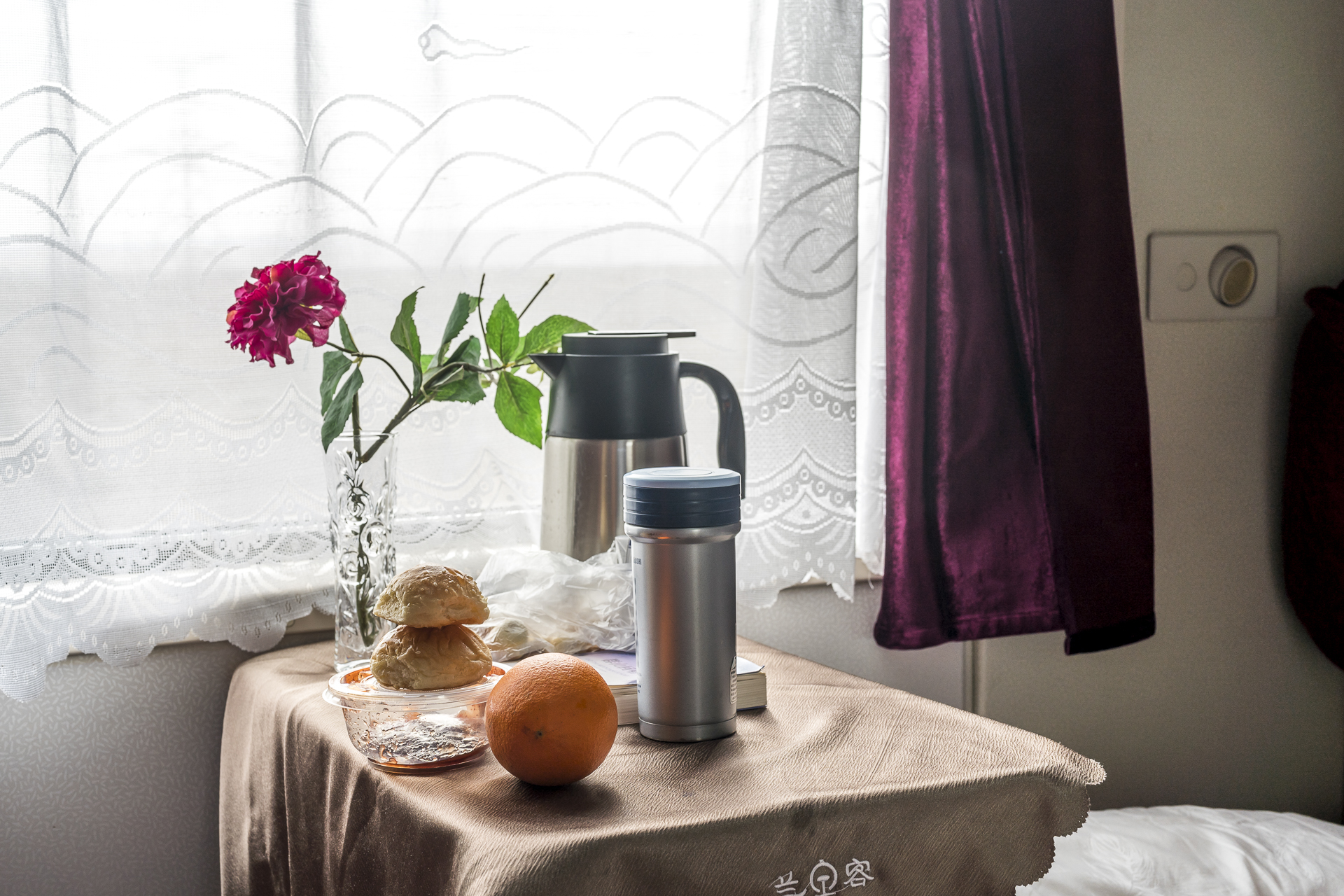
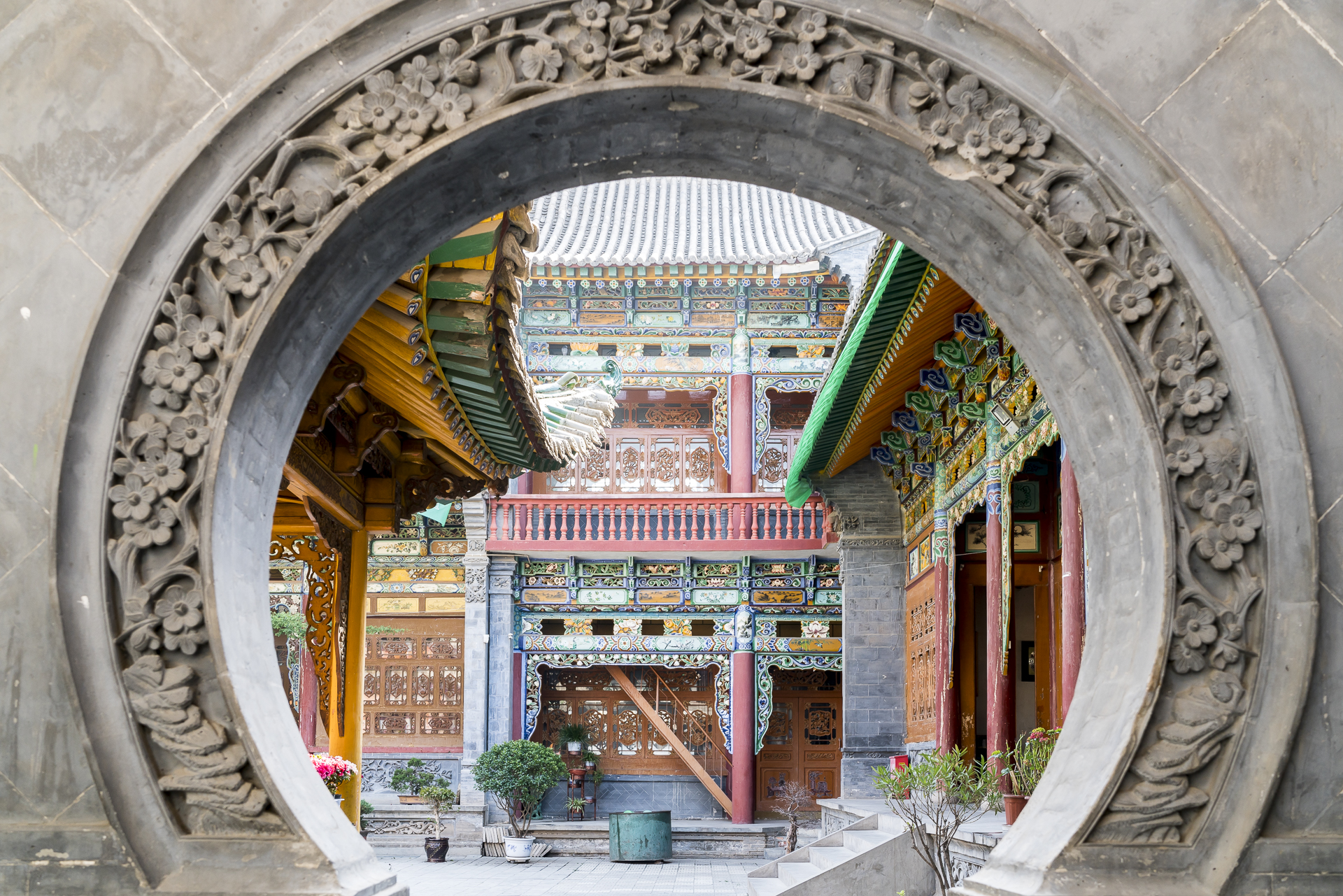



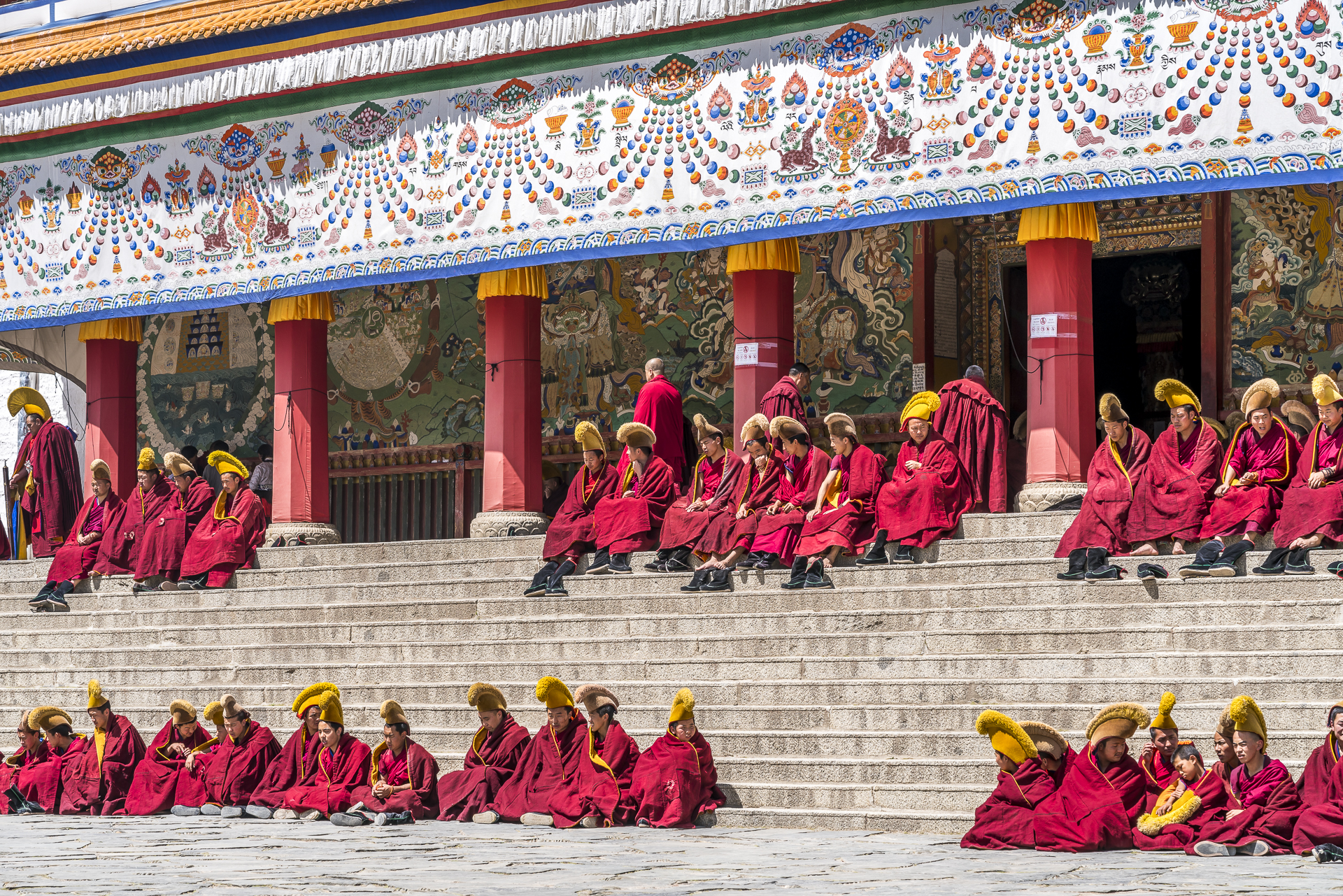

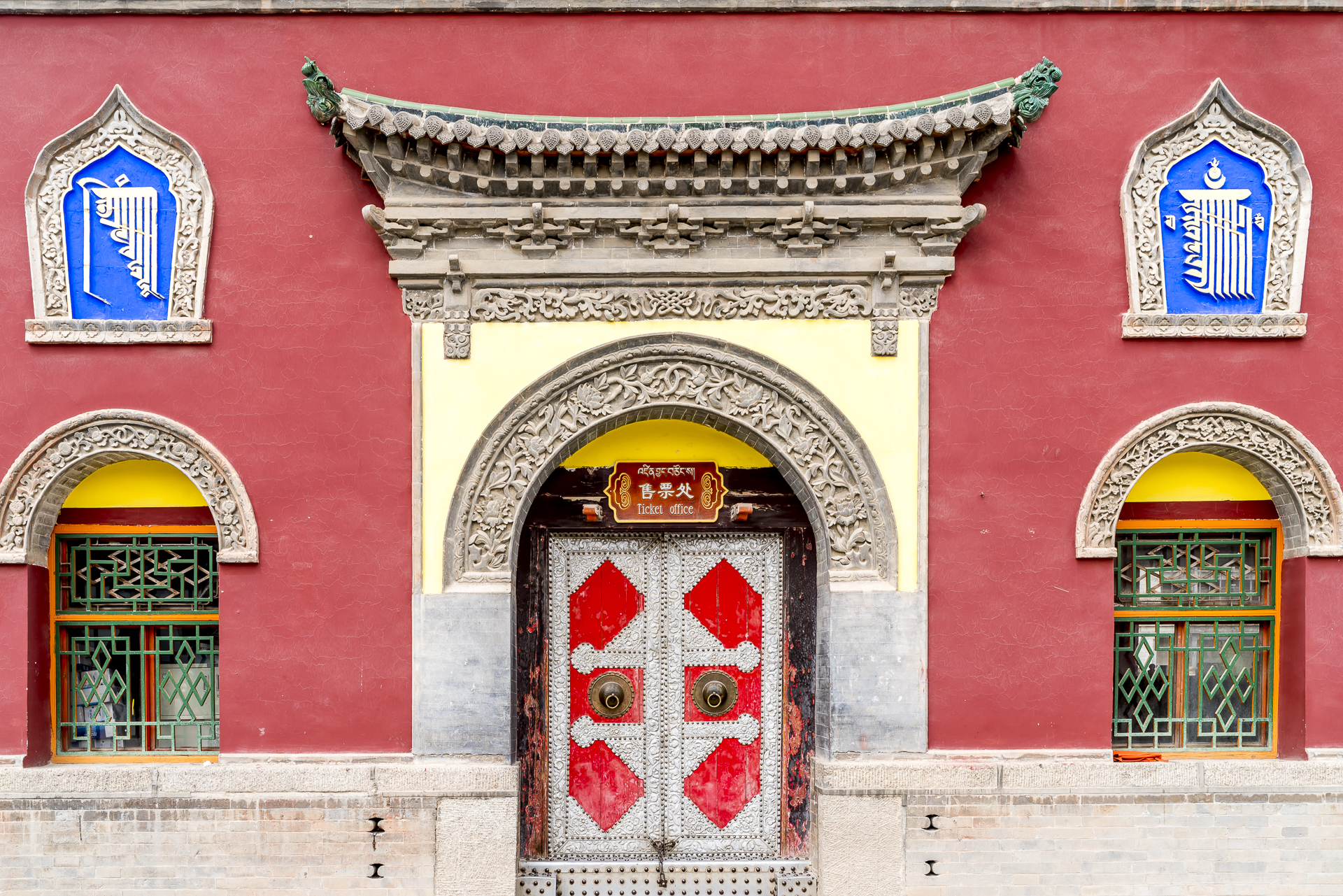

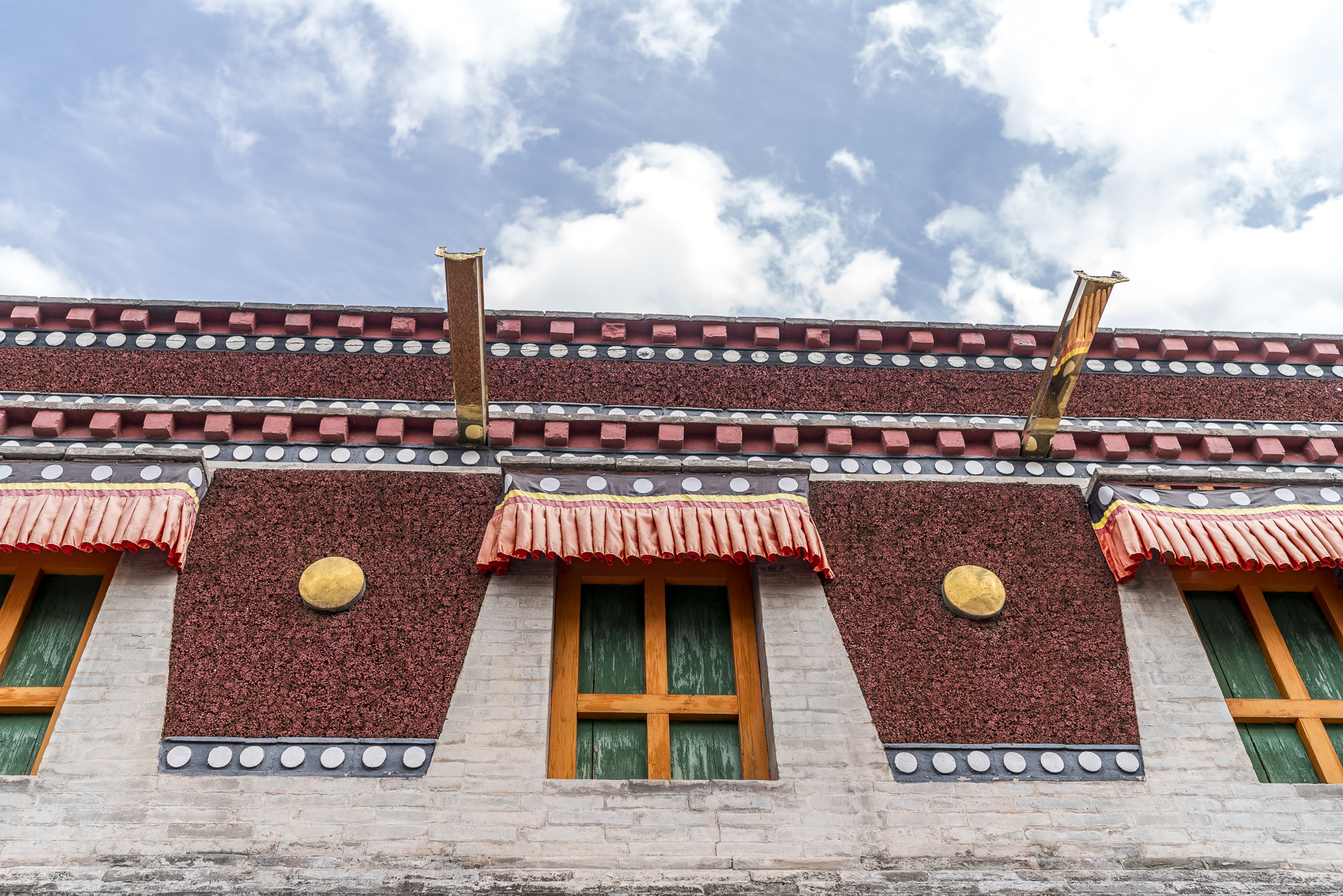
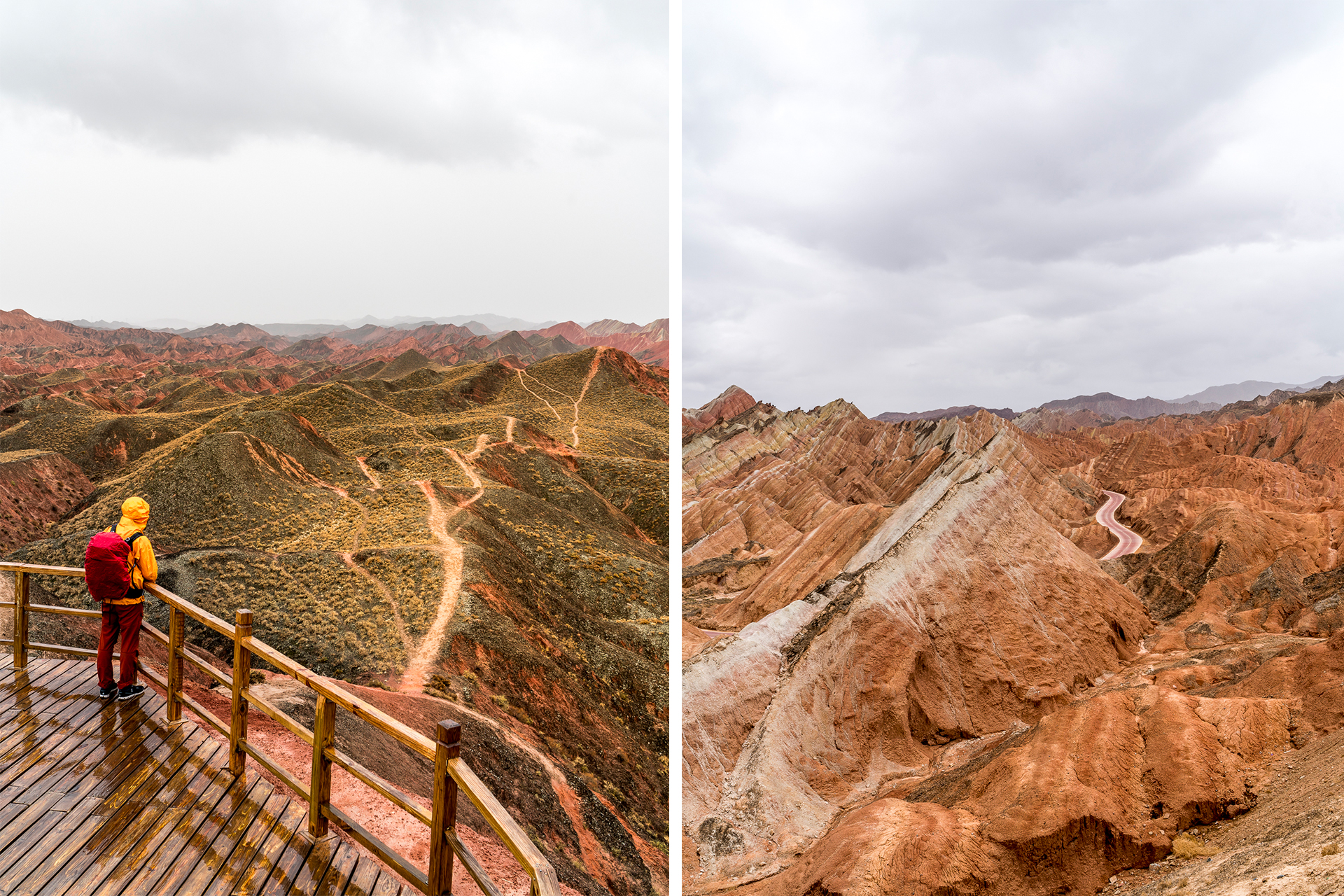

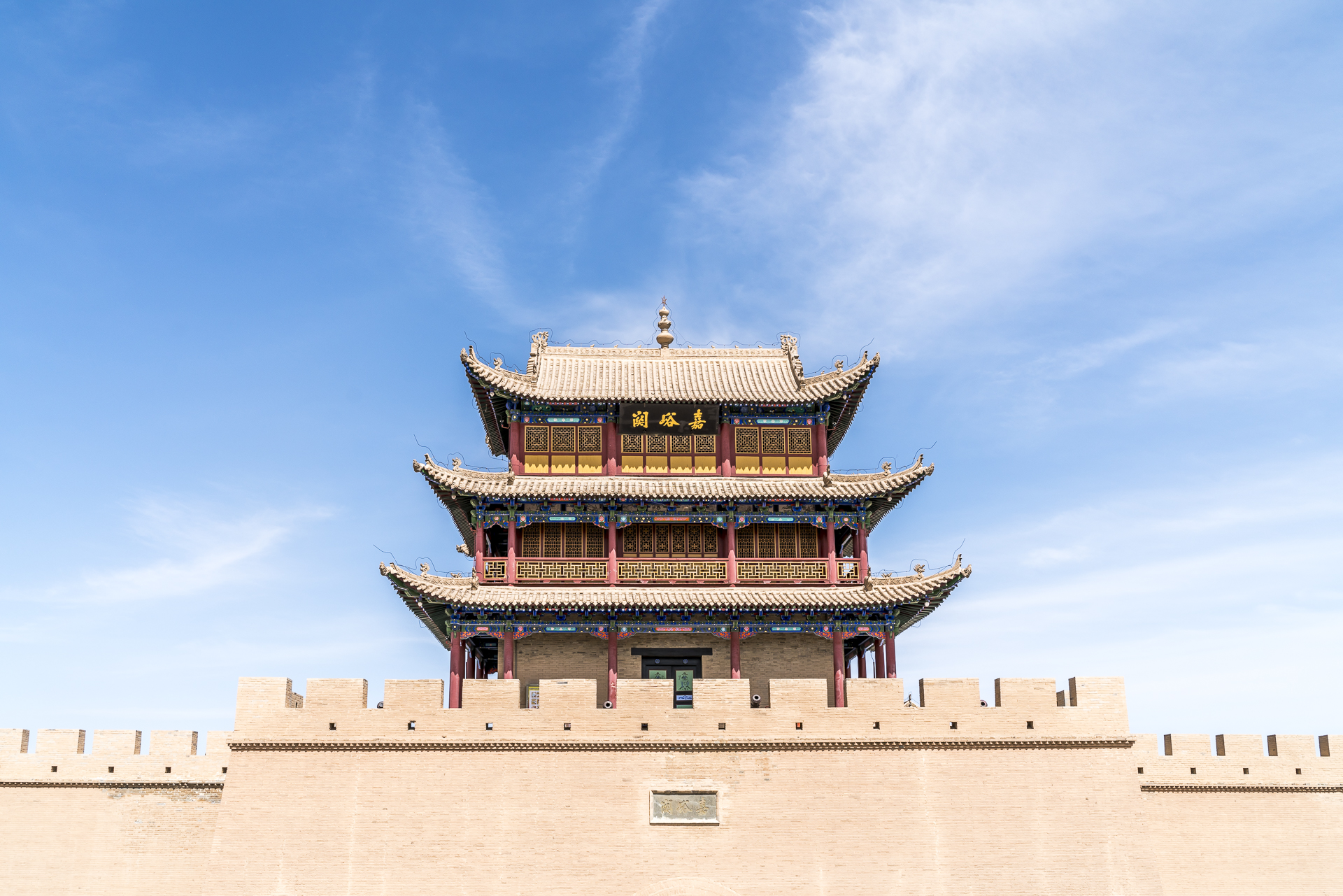

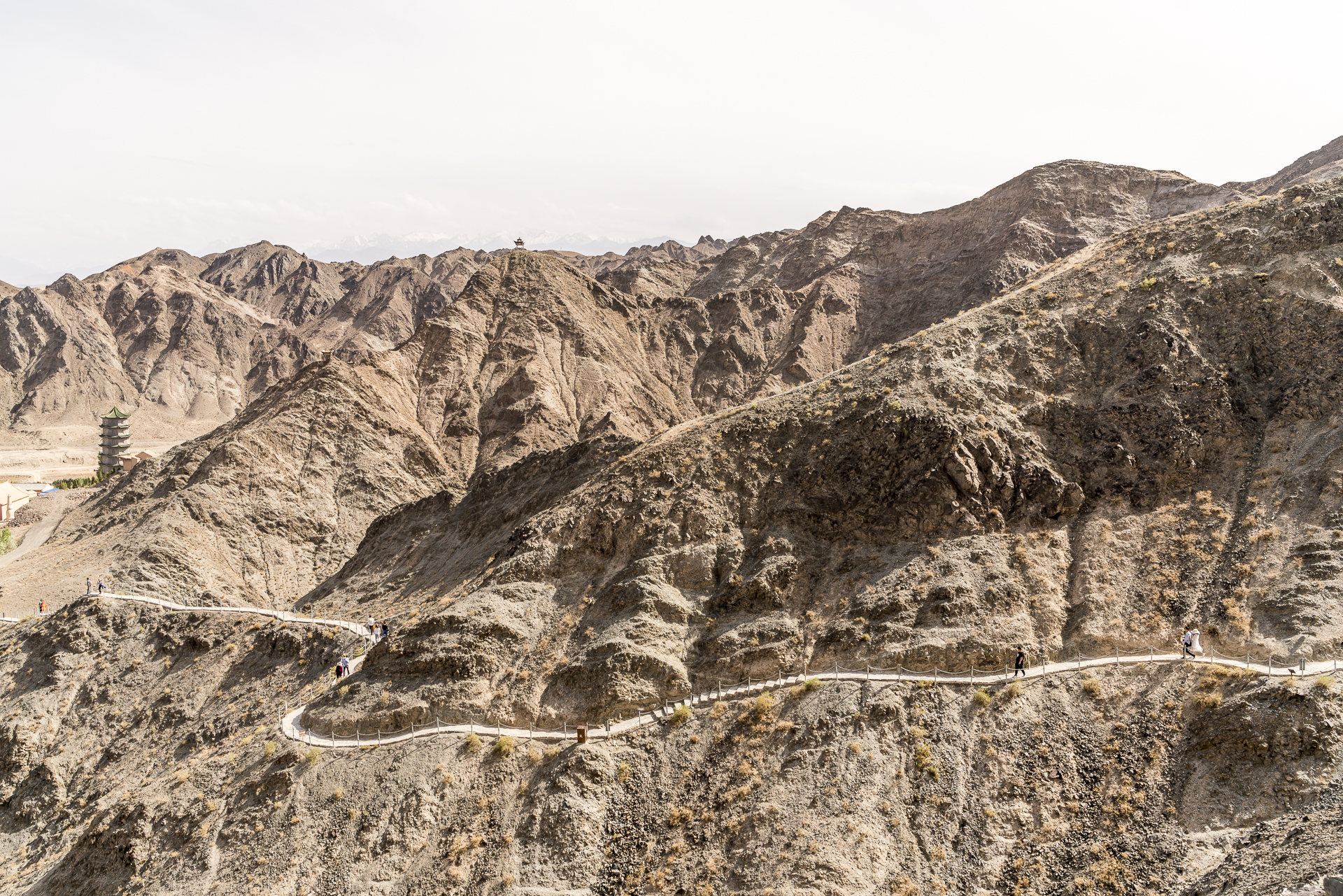



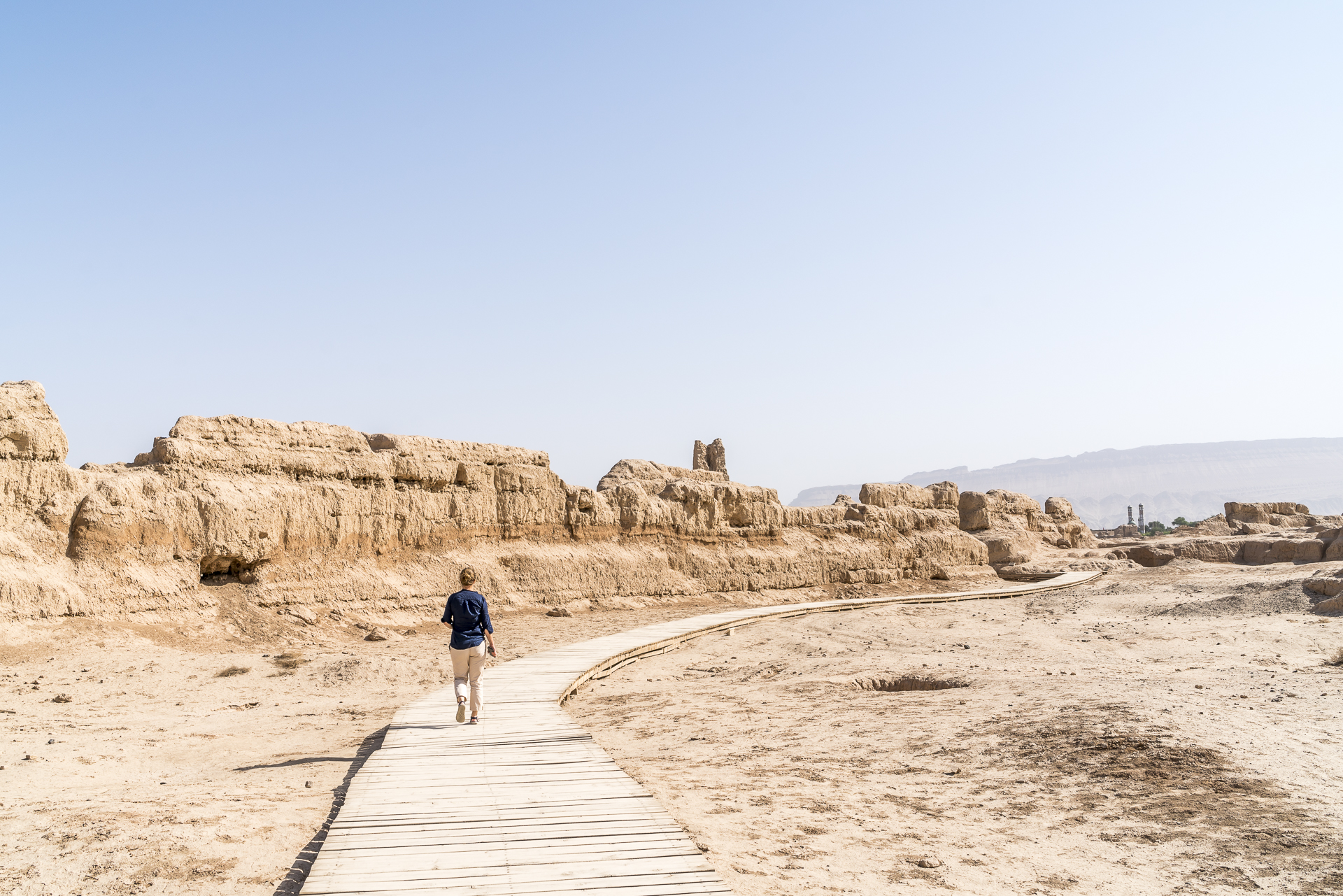



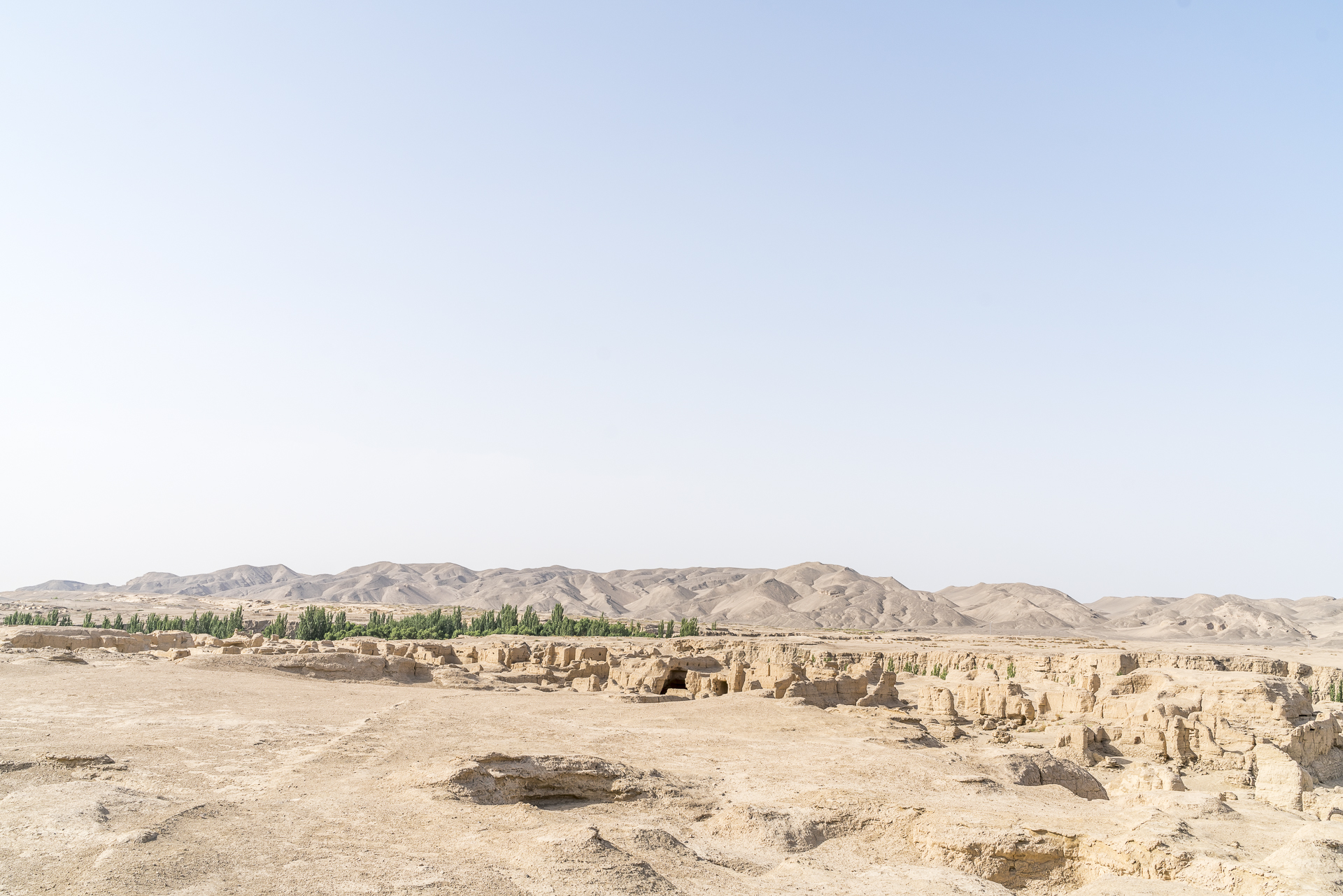
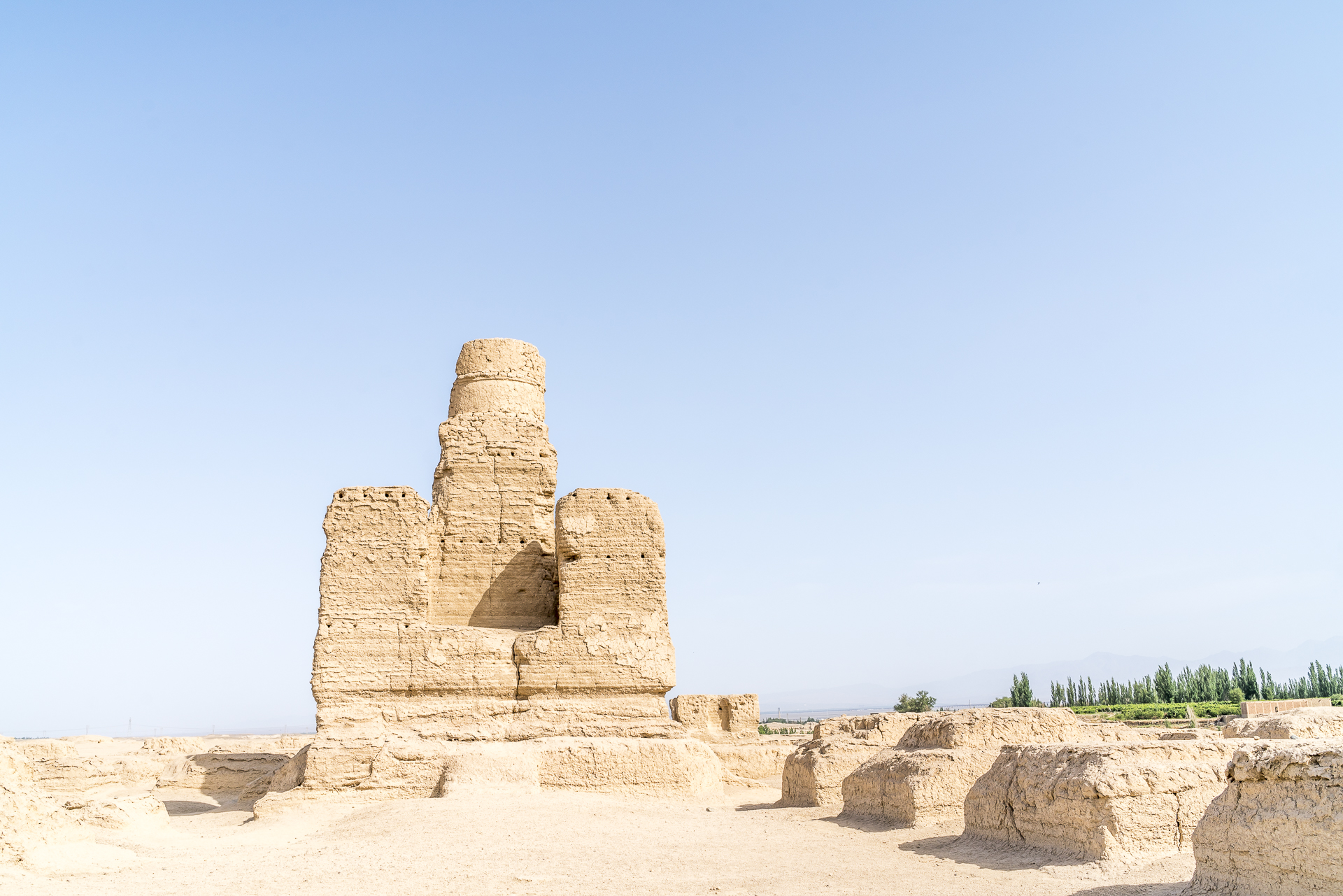
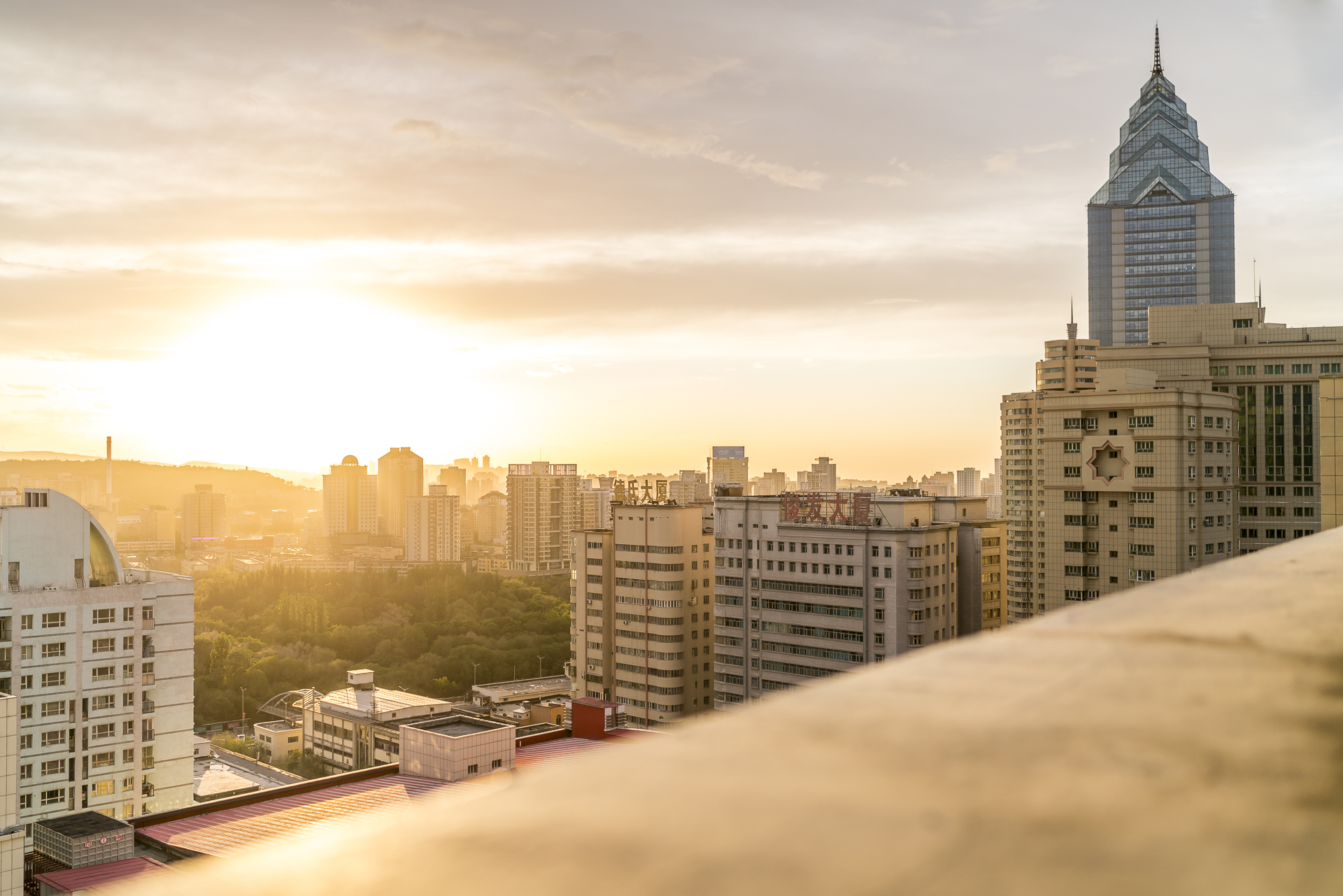



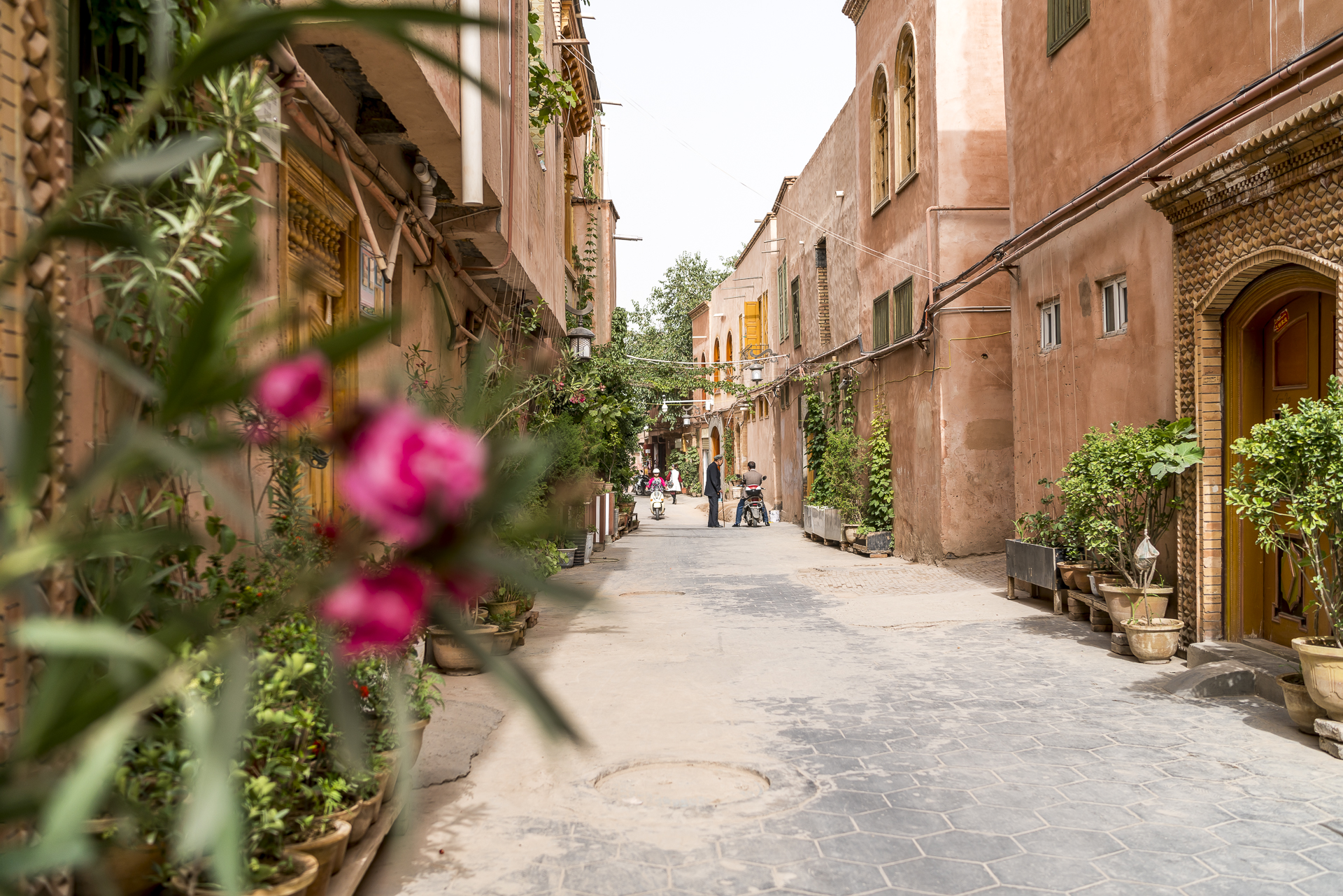




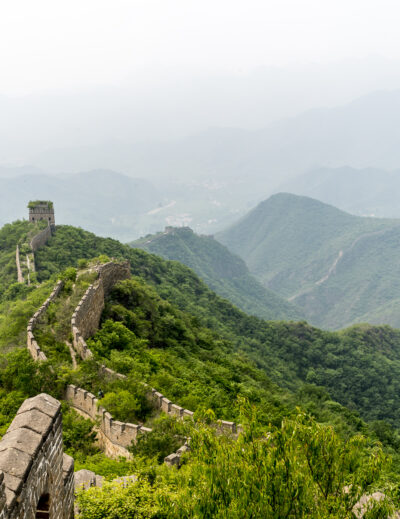

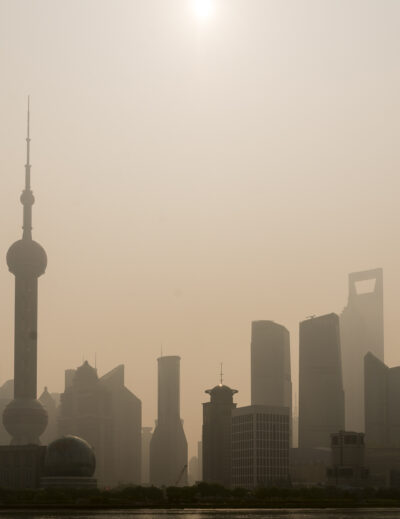
Leave a Reply